The first season of Netflix’s hit mini-series, 13 Reasons Why (13RW), details 17-year-old Hannah Baker’s suicide and the 13 audio tapes she leaves behind explaining what led to her decision to end her life. While show creators report wanting to help start a conversation about a usually taboo topic, the show has drawn controversy from parent groups and mental health advocates for sensationalizing teen suicide in a potentially dangerous way for vulnerable and sensitive youth.
Suicide and mental health in teens
According to the Centers for Disease Control and Prevention, suicide is the second leading cause of death for those ages 10-34, after accidents. A recent study also showed that Children’s hospitals are seeing steady increases in suicide thoughts and attempts. It’s also reported that at least 25 attempts are made for every successful teen suicide. Suicide prevention is an important public health issue that everyone can take part in from the individual, family, public and media level.
It is a myth that talking about suicide can make someone suicidal, and shows like this have the potential to open up thoughtful discussions about mental health. But it’s important to note that more attention isn’t always the best outcome if suicide is portrayed in a graphic, sensationalized, prolonged or overly detailed way, as this can lead to suicide contagion (copycat suicide attempts and deaths by suicide). Teens and young adults are particularly susceptible to this, as well as people who are already isolated or struggling.
What is good about 13 Reasons Why?
13 Reasons Why is produced like a teenage drama surrounding a central mystery: why did Hannah kill herself? The answer is revealed through 13 audio recordings created by Hannah before her death naming people and incidents that contributed to her decision to commit suicide. It unravels like a murder mystery with a complex cast of characters, in which the motive is exposed over time. Teens have said that the show is an accurate portrayal of common high school experiences, including bullying (particularly through text messages and social media), social conflicts, alcohol and drug use, stalking, sexuality, rape and sexual harassment. Parents might find it helpful to watch 13RW to better understand some teens’ high school experiences. The series has created a buzz evidenced by its high viewership numbers, renewal for a second season and endless media commentaries.
An accompanying 30-minute after-show called “Beyond the Reasons” features executive producer Selena Gomez, author Jay Asher, as well as the cast, director, writers, psychologists and a discussion of the themes in 13RW. The show stresses the importance of open and honest conversation about difficult issues in teenagers’ lives and provides resources. Still, “Beyond the Reasons” offers a small bandage for the potential wounds opened by 13RW and is insufficient as a stand-alone resource to accompany 13 hour-long episodes of potentially upsetting and triggering content.
Suicide portrayal and other troubling parts of 13 Reasons Why
The show has prompted conversations about suicide and other difficult issues experienced by teens, but it has also raised red flags in the mental health community. Perhaps most important is the concern that certain teens might be susceptible to the idea that suicide is a solution to their problems and could thus be triggered by the graphic representation of Hannah’s actual suicide act. The National Association of School Psychologists issued a statement strongly recommending that vulnerable youth do not watch the series, noting that “its powerful storytelling may lead impressionable viewers to romanticize the choices made by the characters and/or develop revenge fantasies.”
Another important concern is that 13RW does not depict alternative solutions or effective mental health support, which could leave teens feeling pessimistic about reaching out for help. In fact, the school counselor unethically ignores Hannah’s statements about wanting “life to stop” and does not take action to ensure her safety. Others perpetuate the message that there is no help for those who report sexual assault. Unfortunately, this depiction could likely prevent teens from reaching out to mental health professionals by assuming they will be dismissive or even hurtful. The Society of Clinical Child and Adolescent Psychology issued a statement which included a call to action: “While the show has started many conversations about mental illness, it is time for those conversations to lead to information about effective mental healthcare.” It is important for teens to know that when individuals are struggling to ask for help, the mental health system is in place to provide support and take actions to protect them from harm.
In addition to these issues, some other concerns about the show remain. First and foremost, the show’s central theme is Hannah placing blame on others for her suicide. It is vital that youth who have experienced the suicide of a friend or family member understand that it is not their fault that another person took his or her own life. In this sense, 13RW confirms a common, yet unrealistic, fantasy of some teens that suicide will result in the ultimate revenge on others. Hannah’s suicide “worked” because she made her point and most of the people she blames in the tapes feel bad about their actions and give her death a lot of attention and focus. This is concerning for socially neglected adolescents who might see suicide as a good way to get attention and get back at others.
If the primary goal of 13RW is to educate the public about risks for suicide, the show misses the mark by portraying a likeable protagonist over a realistic teen at risk for suicide. The main character, Hannah, is a witty, charismatic girl who appears to be well-liked at school, perhaps to a fault. The majority of her problems result from being secretly “loved” by many people and getting positive, albeit objectifying, attention from others. This likely feeds a narcissistic fantasy in adolescence that fails to depict a much more common experience: teens who are socially isolated or rejected by peers are at a higher risk of committing suicide. Although Hannah does experience several traumatic events over the course of 13RW, she does not show clear signs of depression or other mental health problems that commonly precede suicide.
How should I talk to my teen about mental health and 13 Reasons Why?
Consider your teen’s readiness for a show like this. Due to its content, the show is not suitable for younger siblings and not recommended for vulnerable teens with a history of mental health problems or suicidal thoughts. If you know your teen wants to watch 13RW, we recommend you watch at the same time as them – but not necessarily with them (many scenes can be embarrassing for teens and parents to watch together). Alternatively, consider reading the book to open a dialogue while avoiding the intense and graphic visual portrayal of the story (which could trigger teens with depression and other mental health concerns).
The reality is that teens have access to an endless amount of information, including 13RW. The media landscape is changing, and it’s hard to disentangle this show’s streaming platform from its topic. The full 13 episodes are available anytime to anyone with a Netflix password to watch in the living room, the library, or alone in the bedroom with headphones in the dark. Netflix can show violence and sexual assault in graphic detail. There are no commercial breaks – no built in chances to step away to collect your thoughts or get some perspective. Because of this, we advise parents to make careful choices about your child’s online access. Don’t avoid talking about topics depicted on this show, and acknowledge the possibility that your teen has already watched it. They may watch the show without your knowledge. Reportedly, 13RW has been one of the most tweeted about shows in Netflix’s history, so monitoring your child’s online presence and social media use is also recommended.
Talk openly about your thoughts on the show and leave opportunities for your teen to contribute, but don’t force your teen to talk about every detail. Try to build problem-solving into the conversation. Ask what else the characters could have done. Who else could they have reached out to? What “blind spots” did Hannah and other characters have that could have given them hope? You can serve as a model of positive coping strategies for your teen. One high school has created a project called “13 Reasons Why Not,” in which teens talk about their problems and thank someone for their help, rather than blaming someone for their problem. Help your teen think of ways to build and promote resilience within themselves as well as their community.
Where can I find more information and resources?
Suicide is an irreversible choice to a temporary problem. There is help. If you are struggling with thoughts of suicide or know someone who is, talk to a trusted adult, call 1-800-273-TALK (8255), or text “START” to 741741.
Suicide risk warning signs (from nasponline.org)
- Suicide threats, both direct (“I am going to kill myself.” “I need life to stop.”) and indirect (“I need it to stop.” “I wish I could fall asleep and never wake up.”). Threats can be verbal or written, and they are often found in online postings.
- Giving away prized possessions.
- Preoccupation with death in conversation, writing, drawing and social media.
- Changes in behavior, appearance/hygiene, thoughts and/or feelings. This can include someone who is typically sad who suddenly becomes extremely happy.
- Emotional distress.
Resources for parents
Organizations with more information
 https://riseandshine.childrensnational.org/wp-content/uploads/2024/12/sad-girl-at-school-feature.jpg
300
400
Danielle Robbins
https://riseandshine.childrensnational.org/wp-content/uploads/2017/11/childrens_riseandshine_logo.jpg
Danielle Robbins2024-12-10 16:12:422024-12-10 16:12:42School safety resources for kids and teens
https://riseandshine.childrensnational.org/wp-content/uploads/2024/12/sad-girl-at-school-feature.jpg
300
400
Danielle Robbins
https://riseandshine.childrensnational.org/wp-content/uploads/2017/11/childrens_riseandshine_logo.jpg
Danielle Robbins2024-12-10 16:12:422024-12-10 16:12:42School safety resources for kids and teens




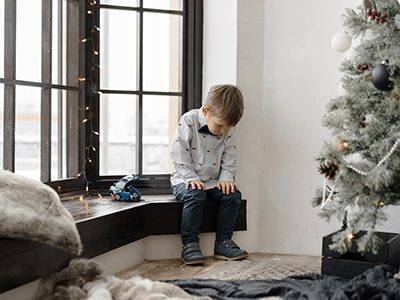

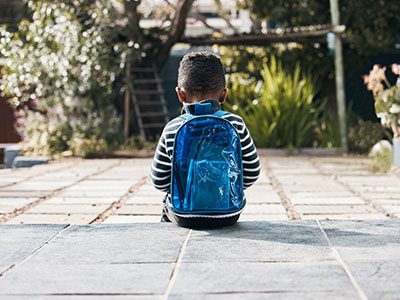
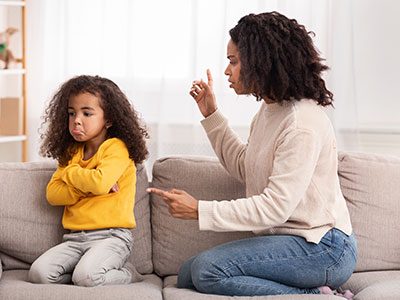

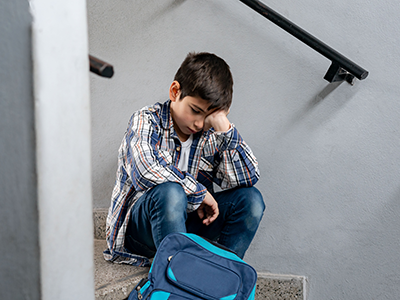

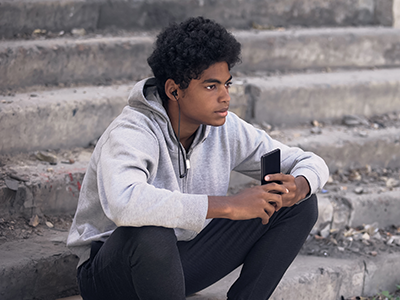
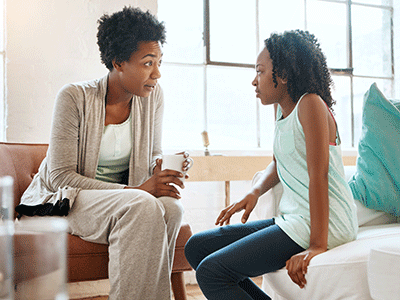

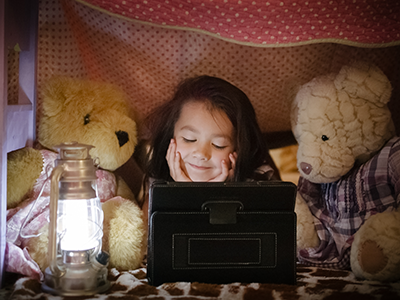
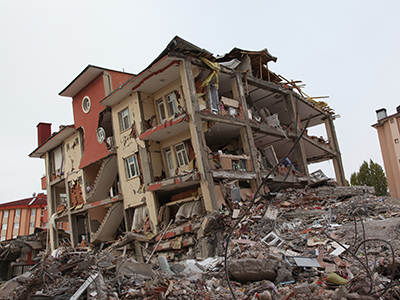
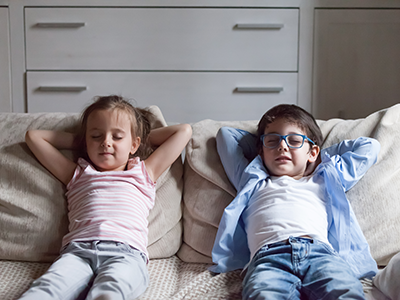

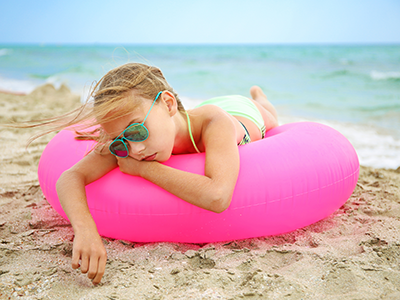
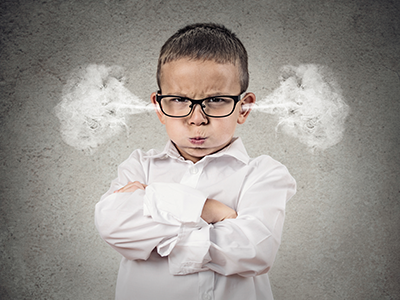
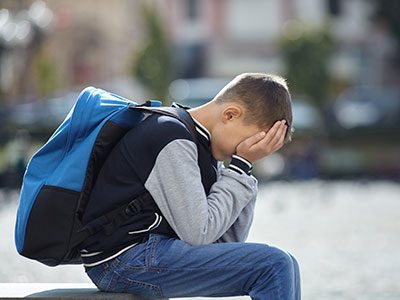
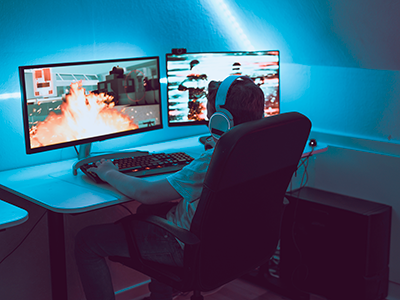
Leave a Comment
Want to join the discussion?Feel free to contribute!